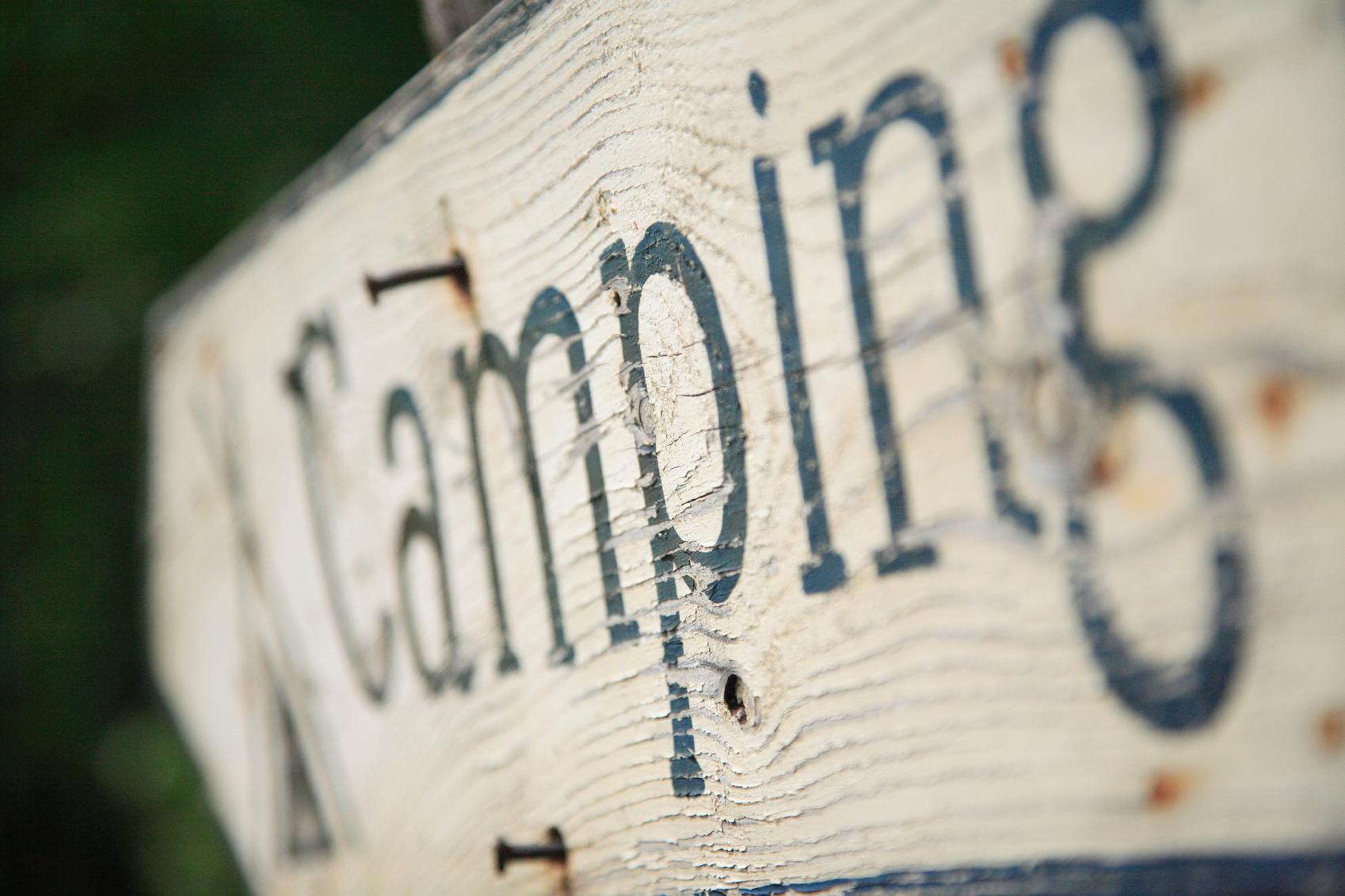A Ferry View Christmas
The Annual Untangle...

This time of year everyone's thoughts turn to "that time of year", and Ferry View is no different. Each year, we try to grow on what we have done the year before, making the site our own little Christmas miracle! This year, we have more lights and more little handmade touches for you to see (lots of photos to follow in my next Christmas post).
Last year, we kept it simple. Christmas tree (which is still going this year) and lighting around the block to brighten the dark nights. This year, we plan on taking it up another level. Although we can't make the lights, we do try to make as many decorations as we can, recycling wherever possible. With the arrival of Amelia (our beautiful grand-daughter), this Christmas feels even more special, despite the pandemic going on around us. So this year there will be touches just for Amelia, bringing the magic back to Christmas. It's funny, but as the kids grow older, Christmas just isn't the same, it looses a little bit of the magic, but now, with Amelia, a sprinkle of magic has returned.
Amazing what can be done with bits of a broken pallet!
As so the annual decoration begins. Every year, we say "We'll put the lights away properly this year!", and every year we begin with this:
The Annual Untangle of The Christmas Lights - Christmas wouldn't be Christmas without it, would it? Keep checking in to see how Christmas progresses - and whatever you do, find your own little bit of Christmas magic.











